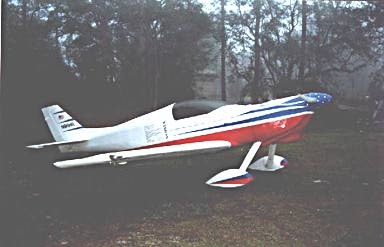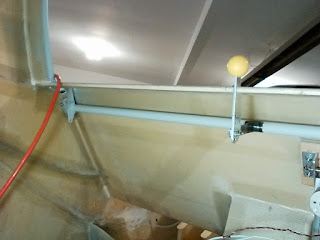January 8 2021
The oil filler and dipstick access was started by making a Splash coat of 3 layers of carbon fiber and then laying that onto the top surface of the engine cowling. I identified the location and size of the door, marked it on the cowling with a sharpie and taped over area with packing tape. This was left to harden for a couple of weeks while I did other jobs. I spoke with a friend who builds Vans RV's on the field and he suggested I build a hidden hinge style for better esthetics. I was happy to go this route and had a great example in one of his planes to model mine upon. The splash coat is to form a new oil door from that is a perfect match to the curvature of that location of the cowl. I removed the splash coat and then carefully cut out the shape of oil door I wanted. Then I cut and trimmed the Carbon splash coat to exactly fit the door opening I just made. I taped the inside of the oil door in packing tape then taped the new door into place on the outer surface of cowling. I then made up fiberglass strips for flanges and applied to the sanded inside surface of cowling, these will support the oil door. Afterwards trimmed down the flanges and installed the 2 Milspec quarter turn fasteners which will it closed. I then bent up the aluminum curved hinge adapter out of .062 thick aluminum. Trimming off the excess aluminum (right hand edge in photos) to get a good fit, finally drilling and cleco in place. I am only riveting the outer ends of the piano hinge and other holes all have a dab of structural adhesive. The hinge onto the adapter will have 5 rivets.






































